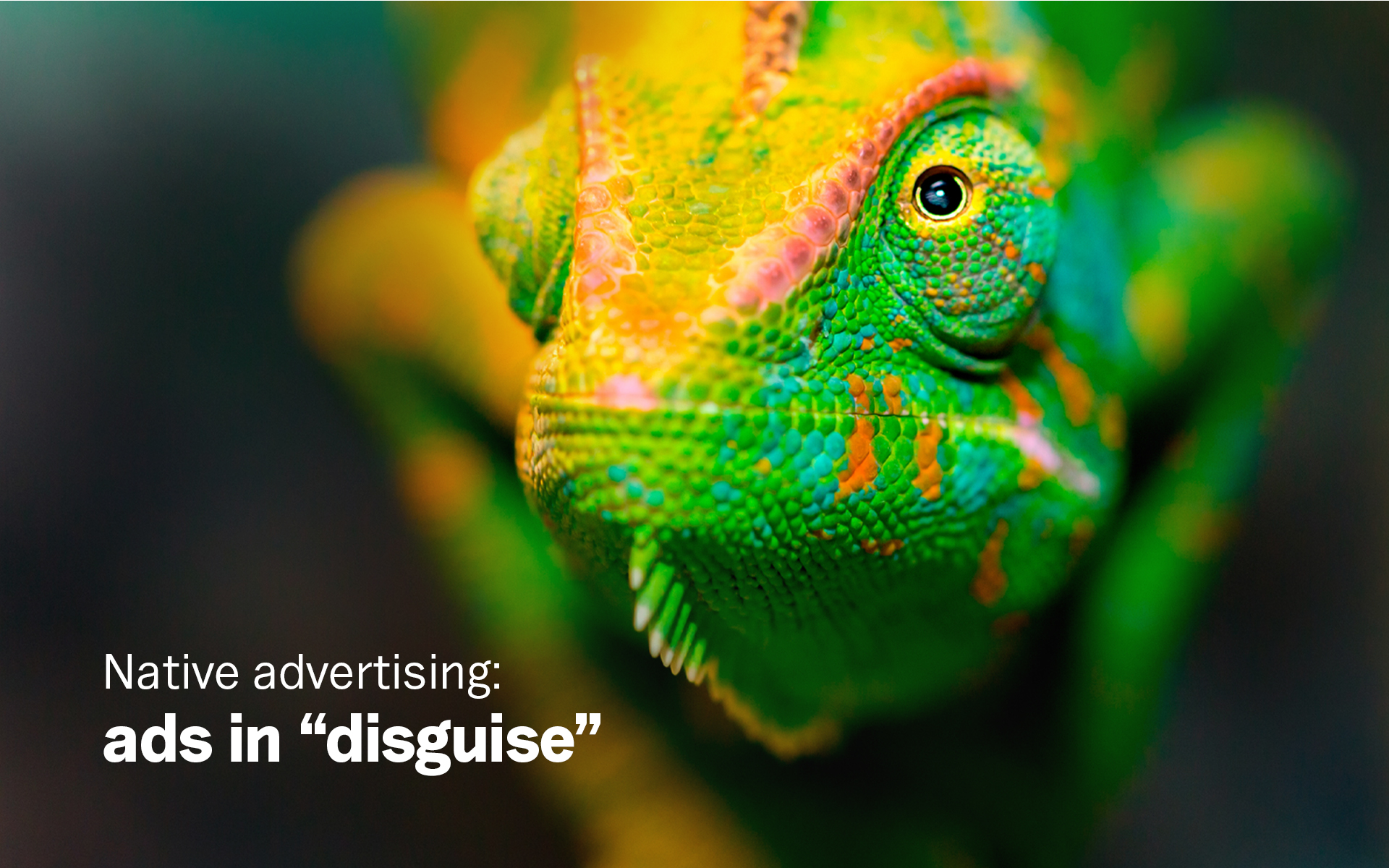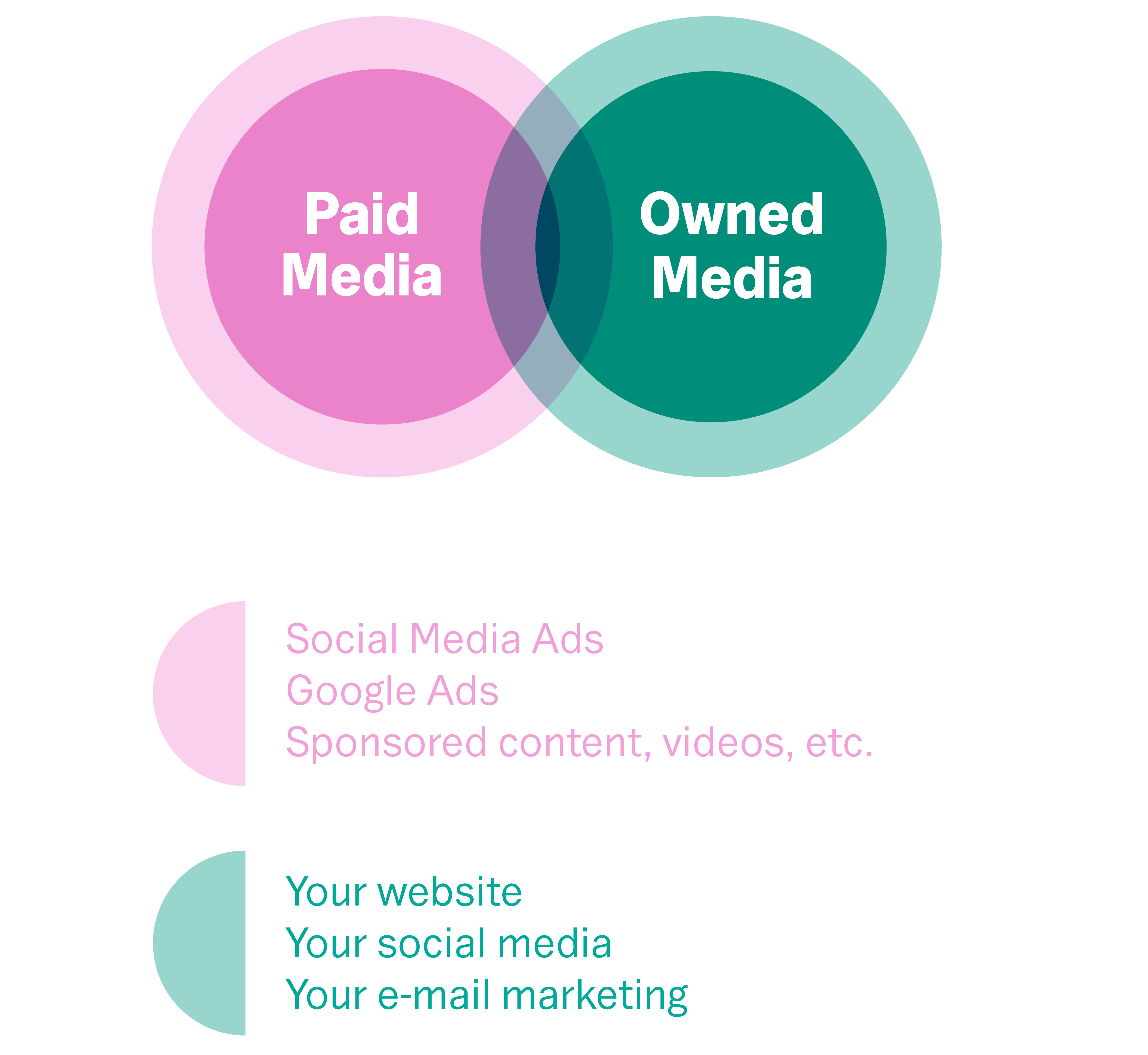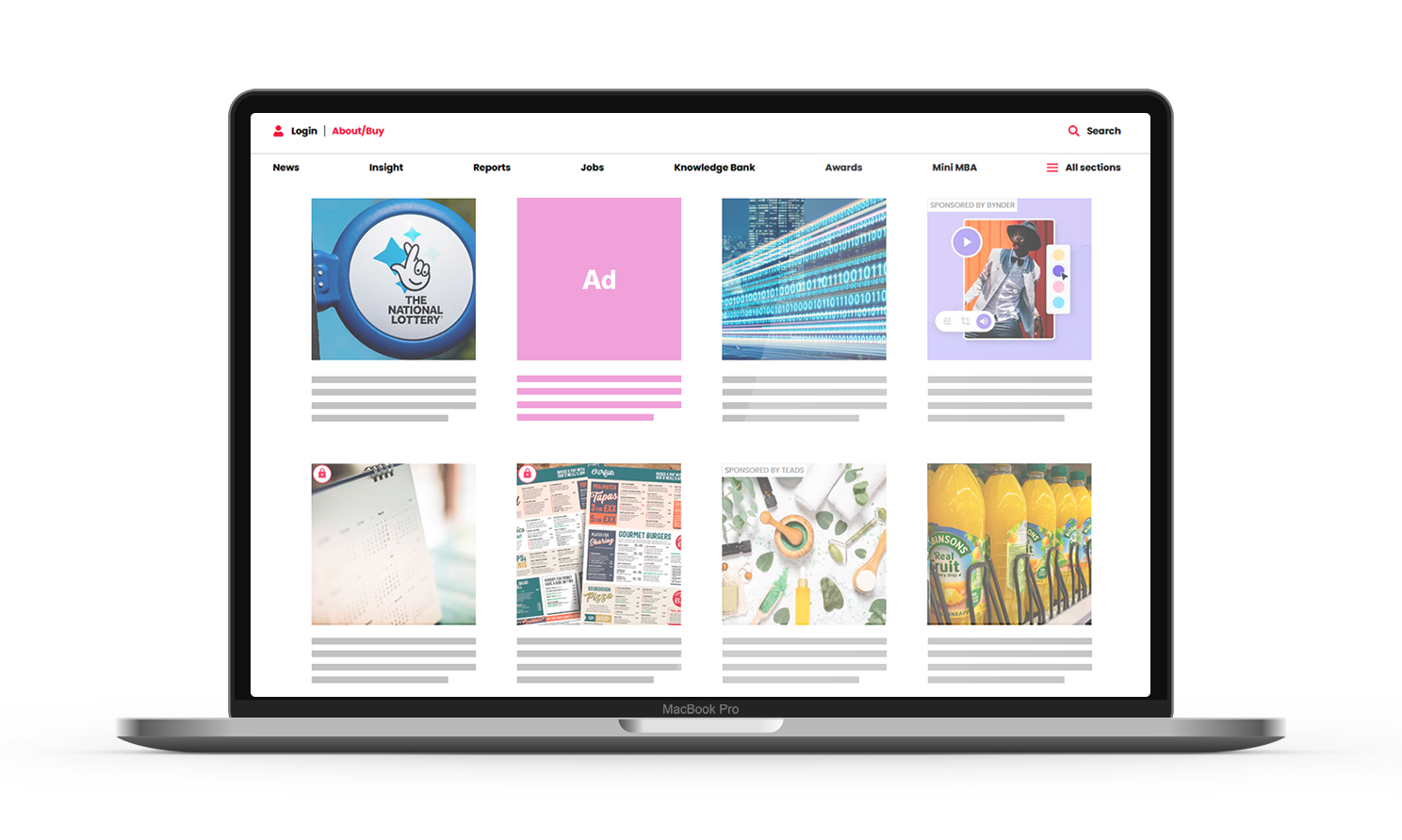
Ads in “disguise”
Have you ever let your attention be drawn to an article or a video, only to discover the words “Paid Content” after reading for a while? And did you sense that it was an ad before reading these two words?
If the answer to the first question is yes, then you have come across what is called Native Advertising. And if the answer to the second is no, then it worked as it should.
In essence, native advertising is ads that are in line with the organic content the user would otherwise find on the website, platform, etc. Both in terms of content and form.
The effect is that you don’t feel disturbed when the content appears between the organic content – but instead read, see, or hear it, as you would with the content before and the content after.
One could be tempted to call it the chameleon of digital marketing.

Native advertising or content marketing?
“It sounds a bit like content marketing in a different packaging”, you might be tempted to think.
And it is not an unfounded thought. The two strategies are very similar, as they both have the same core idea: to create content that has some kind of value for the recipient. No contests or savings – just well-crafted content.
But there is an important difference.
In our last article, we went in-depth with the difference between Paid Media and Owned Media – we’re going to tackle that again. Because while content marketing deals with content that you publish organically via your own channels, native advertising is an advertising strategy. Here you pay to have the content displayed on other people’s platforms, such as on blogs or in magazines, or in the news feed on social media (also called sponsored content).
The fact that it takes place on platforms outside your own has the advantage that your content finds a new audience (as opposed to content marketing, which builds and maintains your existing audience).
However, every ad is not automatically native advertising. Because remember: it must fit in with the surrounding content. Relevant articles on a subject-specific blog, TikTok videos on TikTok. It’s about packing away the advertising language and commercial messages – and instead increasing relevance and quality.

Understand the rules of the game
Native advertising is one of the most current and effective marketing strategies right now. But that efficiency doesn’t just come by itself.
The demands on digital marketing are becoming greater and greater. It is reflected in content marketing, and it is also reflected in native advertising. Because here it is important that you sit down and create some well-thought-out and valuable content. Otherwise, it does not “disguise” itself well enough.
Familiarize yourself with the media or platform the ad will be on. If it’s on TikTok, pack away the expensive camera and pull the phone out of your pocket.
And if it’s a blog post for a website about gardening, it’s about finding your inner gardener as well as a copywriter, so that the text fits in with the rest of the posts.
There is also something legal that you should keep in mind. Most importantly, the recipient should be able to clearly see that it is paid content. It may seem contradictory when you have worked to create content that does not look like paid content, but the Marketing Act requires a clear distinction between editorial and paid content.
Because if there is something that users like less than advertising – then it is hidden advertising.
The future of native advertising
There is good reason why both native advertising and content marketing create good results in digital marketing..
The average user has become keen to see when they are being advertised to. And with the increasing amount of content to which they are exposed daily, the patience for interrupting advertisements is becoming less and less.
New strategies therefore focus more on value-creating content that the user actively chooses to engage with, even if they are told that it is an advertisement.
Because if the quality and relevance are in place, the Ad label doesn’t mean that much.